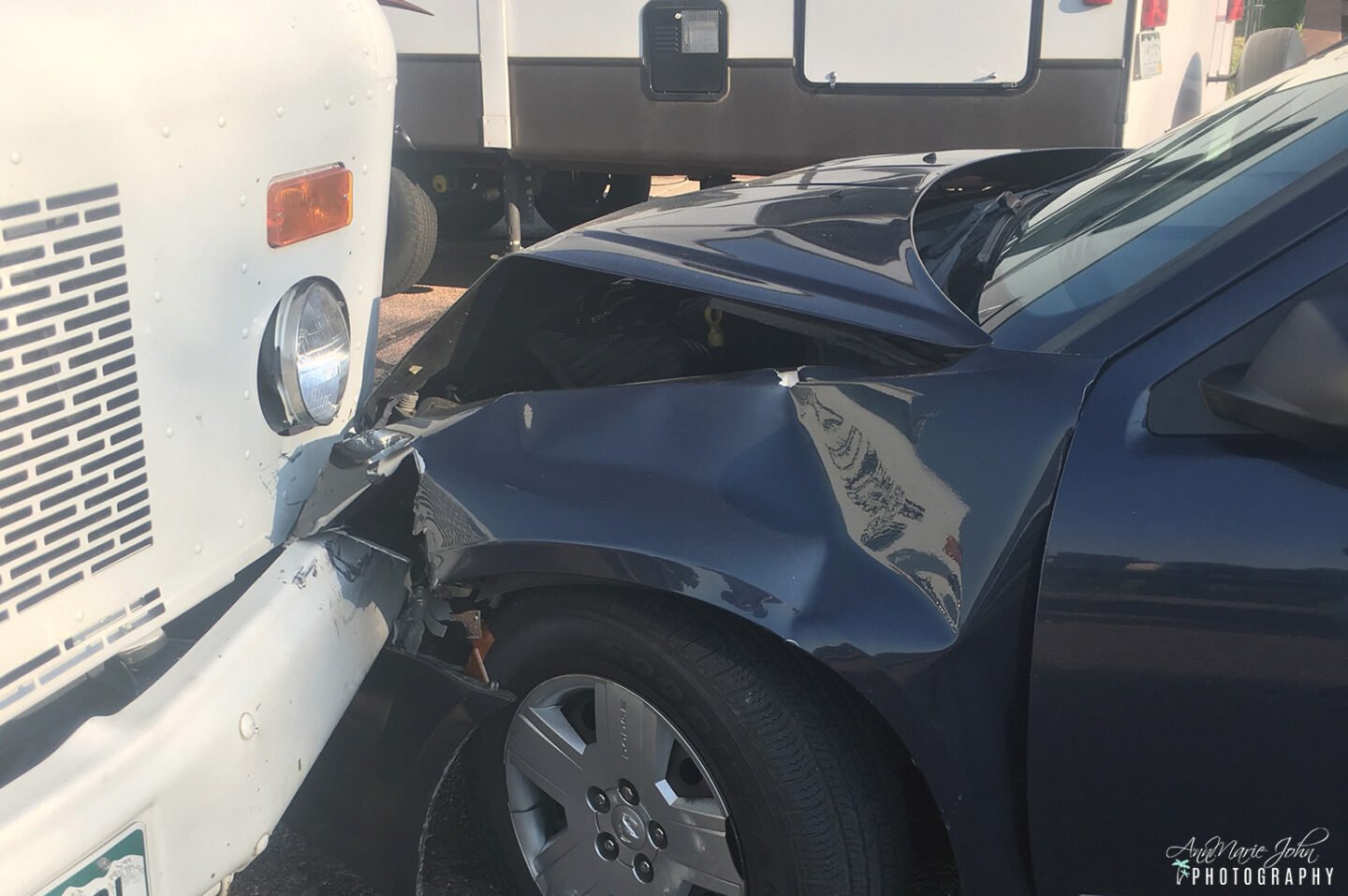It is unfortunate that car accidents happen despite driving in the right lane and following traffic rules. From a sideswipe collision to a head-on, you never know what’s coming next. But knowing various collision types will help you stay vigilant during driving, spot any accident possibilities beforehand, and steer your car to safety before it turns out to be a fatal accident. To help you understand the various car collision types, we have prepared a comprehensive list describing each collision and how it occurs. Read on.

Sideswipe Collisions
A sideswipe collision is one of the most common car accidents that occur on highways. It happens when the side of one vehicle hits the side of another vehicle. These collisions usually occur when two vehicles merge into the same lane or during a lane change. Sideswipe collisions can happen when one vehicle swerves to avoid an obstacle in the road and hits another vehicle. A personal injury lawyer can help you file a case if you’ve been injured in a sideswipe collision.
Head-On Collisions
A head-on collision is probably the most damaging collision. It happens when one vehicle’s front end hits another vehicle’s front end. Head-on collisions usually occur when one driver crosses over into oncoming traffic or when two vehicles collide head-on while going in opposite directions. These accidents are often fatal because of the high impact speed and force involved.
Rear-End Collisions
Rear-end car collisions happen when a driver is tailgating another car and doesn’t have time to hit the brakes when the car in front suddenly stops. Rear-end collisions can also be caused by weather conditions, such as slippery roads or reduced visibility. In most cases, such collisions can be prevented by following the simple rule of keeping a safe distance between your car and the one in front of you, at least 50ft on the highway and 6ft in slow-moving traffic. Doing so will give you time to stop if they stop suddenly.
T-Bone Collisions
T-bone collisions, also known as broadside or right-angle collisions, occur when the front of one vehicle hits the side of another. These accidents often occur at intersections when one driver fails to yield or runs a red light. T-bone collisions can also be caused by distracted driving, such as texting while driving.
Rollover Accidents
Rollover accidents are relatively rare but can be extremely dangerous. They occur when a vehicle tips over onto its side or roof. Rollover accidents are most likely to occur in SUVs and other tall vehicles because of their higher center of gravity. But any vehicle can roll over if it collides with another vehicle or object at a high enough speed.
Hit and Run Accidents
Hit and run accidents are, unfortunately, all too common. They occur when one driver hits another car, pedestrian, or property and then flees the scene without stopping to render aid or exchange insurance information. In some states, failing to report such an accident is a felony.
Multi-Vehicle Collisions
Multi-vehicle collisions, as the name suggests, involve three or more vehicles. These accidents often happen on highways and freeways when one car rear-ends another, and both cars are hit by a third vehicle. Multi-vehicle collisions can also occur in parking lots or during inclement weather.
Fixed Object Collisions
Fixed object collisions happen when a moving vehicle hits a stationary object, such as a tree, pole, or guardrail. These accidents can be caused by distracted driving, speeding, or weather conditions. Such collisions often result in serious injuries because of the high impact speed and force involved.
In Conclusion
By understanding the different types of car collisions, you can be better prepared to avoid them. Drive defensively and always be aware of your surroundings. And if you are involved in an accident, don’t forget to exchange insurance information with the other driver and contact the police.
